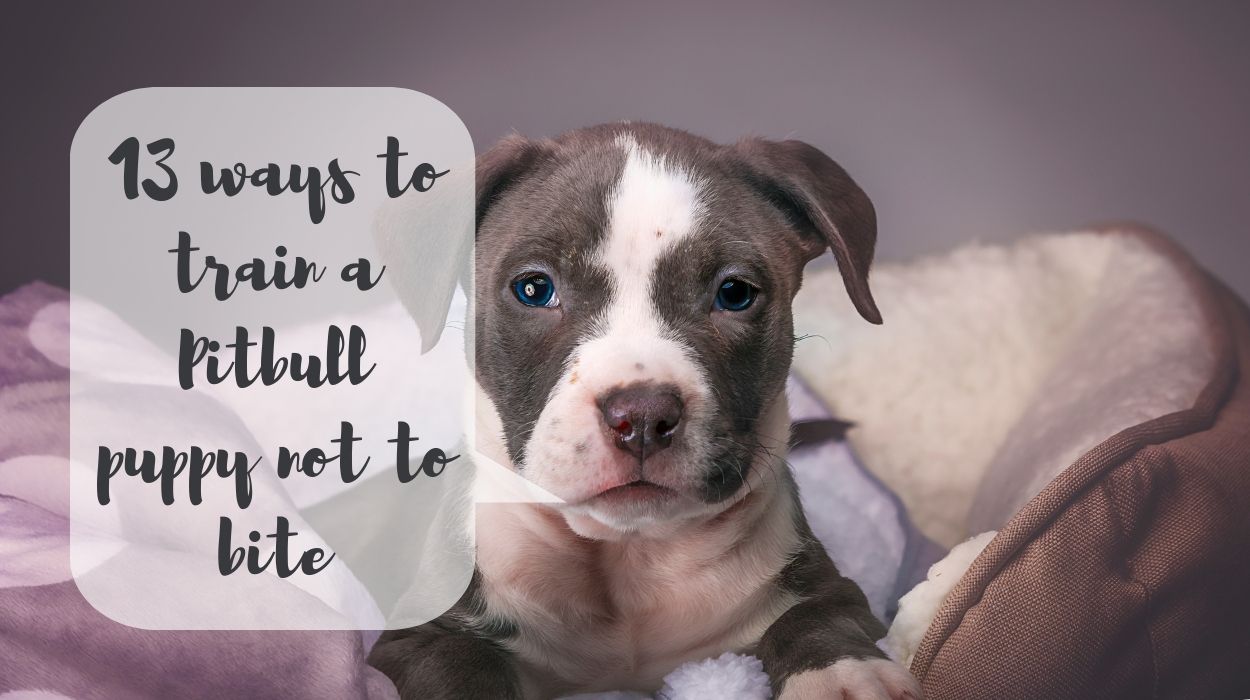If you own a Pitbull, you are someone who does not believe in the stereotypes, pat yourself for that. But with this breed comes a great sense of responsibility, and you need to invest your time in raising them right.
When a puppy is biting you, it’s no big deal; you might even enjoy it, but imagine the same with a grown-up Pitt! Scary right?
Pitbull is one such breed that needs training from the age of 3-4 weeks, or else they might never grow old of a few habits which can be problematic in the later stage. This article will help you with practical ways to teach your pitbull puppy not to bite!
Normal vs. Abnormal bite of Pitbull
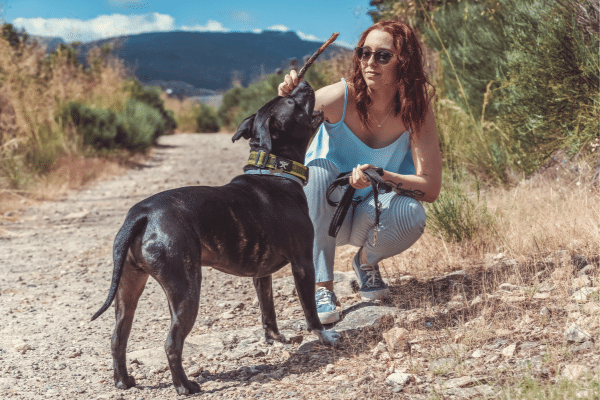
These days, Pitbull is gaining popularity for having a hair-trigger temper and a lock-jawed bite, but do they deserve this terrible spotlight? Because Pitbull is not an inherently aggressive breed.
Hence, the traces lead back to their owners. In this world, we tend to believe what’s outside rather than what’s inside!
Due to such a solid and athletic personality, people tend to abuse these dogs for their appearance, engage them in fights, mistreat them, and whatnot!
Let’s get some facts right and bust some myths!
Myth: Pitbull is unpredictable! Pit bulls are thought to be perfectly normal before snapping and attacking their owners throughout their lives.
Truth: If you have to say something like that about a particular breed, then you are wrong because almost every breed is capable of snapping out of nowhere.
Myth: Pitbulls can lock their jaw
Truth: A pit bull’s jaw is not anatomically different from that of other breeds, but because “they cannot lock,” they are more likely to seize something and shake than other breeds. It doesn’t mean they won’t let go, but owners must know how to stop a conflict from escalating.
If your Pitbull is scared or angry, he will let you know with a bit of bark, which indicates that you should let him be on his own for a while.
When the bark turns into a growling, this means that you are failing at keeping distance, and your Pitbull is warning you.
If it’s a Pitbull puppy, he will growl by showing off his teeth and can snap on you; in the worst case, he will bite you! In the case of adult Pitbull, they can bite if you continue to invade their personal space.
Do Pitbull puppies bite a lot in their teething phase?
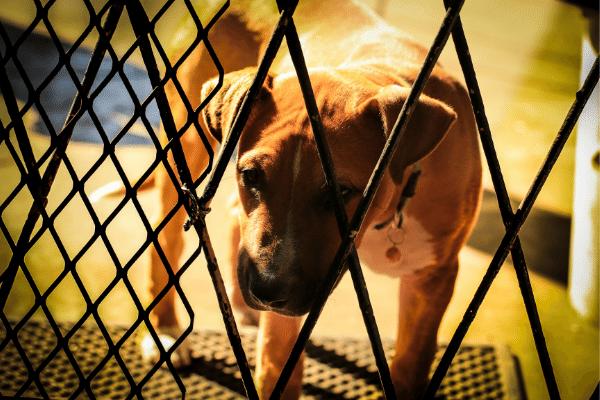
The teething phase in Pitbull begins when they are around five weeks old; during the milk weaning stage, you will spot the first teeth.
During this phase, your puppy is very likely to chew or stab any object that comes in his sight, which helps him relieve a lot of pain; just like infants, pit bulls have 28 baby teeth.
Your puppy is likely to go through the under-bite or overbite stage when almost all adult teeth arrive in the first six months; if you notice that he’s having difficulty eating his food, you should take him to the vet.
Puppies Having trouble biting, having double teeth, smelling in the mouth, rubbing at the mouth, or being unwilling to chew or eat indicates that their teething stage is not going right, and you need to take some action as a pet parent.
Do Pitbull puppies bite a lot in their teething phase? No!
The only case where they bite excessively is when they have stored a lot of energy and have no right source to release it! They will bite you just as generally as any other dog in their teething phase.
Your Pitbull pup is not hostile; this is only an extension of his raucous play with his littermates; however, he must learn that this is not how to play with humans.
Some people find that putting a toy in the puppy’s mouth works, while others find that the puppy is more interested in nibbling at their hands. A sharp ‘ouch’ may work for some folks, but it can merely add to the thrill.
Ways to teach your Pitbull not to bite!
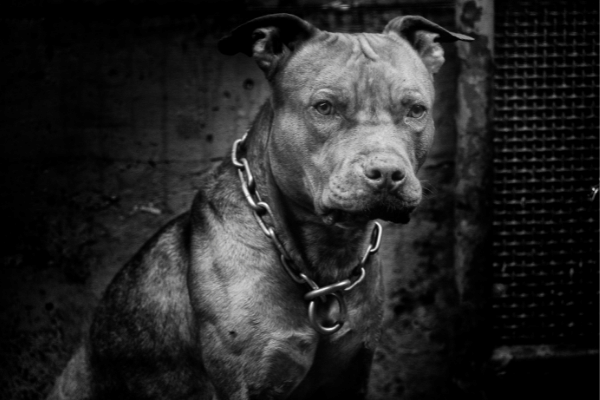
1. High-pitched yelp
Puppy’s mouth is the only thing they explore their world with, so it’s widespread for them to feel their human by having a taste of them in various biting sessions now, this may sound a lot of fun for our dogs, but it is precisely the opposite for the owners.
The best and easiest way is to teach your dog that such behavior is not acceptable by simply rejecting him. For example, you are sitting on the couch, and your pup comes to you; he wants to play with you!
He starts biting your legs gently and then moves towards your hands; you just have to say words like“ ouch, it hurts or stop” to get up and leave the room.
Do this repeatedly, and your dog will associate the biting with isolation or “no play with my human” . This is the easiest and most effective way to teach your dog.
2. Bumping the bottom jaw of your Pitbull!
Now, don’t get all up on me for writing this because bumping does not mean hitting your buddy!
Whenever your dog has your hands on their mount, just give them a little pop-up on their chin. In fact, this is the most effective way to stop your dog from biting your skin.
They hate that; their jaws clap together, and they don’t like it; this makes them think twice.
Note: this does not mean that you should hurt your dog; it’s as gentle as a tap on their head; it’s in no sense an animal abuse or animal hurt.
3. Redirect the mouthing
One effective way is to redirect your puppy’s attention sometimes; our puppies just want to play, so they don’t care if it’s your hand or any other toy!
So fill up your home with all kinds of chew toys, and whenever your pups come to bite you with their tiny needles, just give them their toy.
4. Stay calm
Dog owners tend to get irritated quickly after a certain period, and this is because they have to deal with a lot of bad behavior in the initial puppy stage.
But dogs are not like human babies, and yelling at them will not work; in fact, they will not understand why they are being yelled at!
The worst thing that could happen is that your dog might develop an adverse reaction to this, so please stay calm and never try to get your dog in any circumstances.
5. The cheese technique
Pups don’t understand the difference between a gentle and harsh bite, but guess what you need to teach them! The sooner you start, the more quickly it will be for your dog to adapt.
Take a piece of cheese between your three fingers, give it to your dog, remember not to give them all at once but let them eat slowly by licking and nibbling! This will teach them how to eat slowly and patiently and be gentle.
If you keep practicing this, your dog will soon learn to be gentle around its human.
6. Squeal (imitate this behavior)
Dogs learn a lot from their mothers, and a few things are inherited; just like licking is a learned behavior, squealing is too!
When pups are together in their litter, they play a lot; the biting and licking behavior starts from there! And you know they squeal very loudly when the other pup is playing too hard with them or hurting them.
In the pups world, the squeal means, “hey, stop whatever you are doing with me because it’s hurting.”
So if you will imitate this sound whenever your pup is going overboard with the biting, he will back off!
While doing this, keep in mind that your Pitt pup will seek reassurance, as he will pause for a few seconds, then he will make a puppy face pressure that you still love them or is everything all right! But don’t melt away that easily! Just turn away from them, let them realize that this behavior is not appreciated!
You are not hard on your poor pup, but you are just making him wiser, and this will help you a lot in the future when your Pitbull is a grown-up!
7. Crate them, but not as a punishment!
Dogs are den animals, and no matter how much they love to spend time with their humans, they always require their small and confined space to relax.
So the key here is to use your dog’s crate as a time-out space whenever he exudes the biting mode on! Whenever you feel that your dog is biting too much, pick them up and put them in the crate.
However, it’s necessary to understand that this is not a punishment, so dont treat it like one!
This is just a time-out session so that your dog gets to relax a bit; take him out once he’s calmed down.
8. Socialize him with his littermates
In eight weeks, 80 percent of the Critical Period of Socialization has passed!” This emphasizes the importance of choosing a breeder who breeds genetically sound dogs and provides the necessary early socialization for puppies.
It takes only a few days, if not a week, for a 2-3-month-old puppy to get rid of signs of shyness, fear, rebellion, or aggression toward people.
On the other hand, it takes several months to solve a similar problem in a 5-month-old adolescent and 1-2 years to rehabilitate an anxious/aggressive 8-month-old dog.
Still, adult dogs do not have the same confidence as if they were social enough as puppies.
So any dog must be a part of his litter for the required amount of time; this eliminates the possibility of behavior problems in the future.
9. Control your dog with a muzzle
Take his muzzle in one hand and use your other hand the next time he bites you too hard. Place your thumb in his mouth and beneath his tongue gently. Press down until the puppy responds. Then come to a halt.
Ask your dog to leave and say a solid explicit ‘no” make sure to be quick, firm, and thorough.
You will undoubtedly have regained command, this will irritate him, and he will be aware of his mistake.
10. Not just a chew toy but the suitable chew toy for your pitbull
Pitbulls are murderous chewers, and they will quickly destroy most of the mainstream dog toys within seconds. There’s a vast difference between a dog who chews like a regular dog and one who chews like a power chewer.
Like not all breeds are similar, pit bulls also have different needs for dog chew toys! So basically, Pitbulls pose the risk of consuming small pieces of toys if it’s easily breakable.
And if you deprive them of these toys, they will indeed find an alternative that can be more dangerous and full of destruction.
So look out for the following points before buying a dog toy for your Pitbull:
- Go for an extreme goodie bone toy; it is durable and of the perfect size for your breed; they are built to stand up to your pit bull’s teeth for hours.
- Don’t let your dog play alone with a new toy you just bought.
- You should not give small toys to your dog.
- Use caution to provide toys with significant gaps, as they might fit over your dog’s muzzle.
11. Address situations that can lead to mouthing and biting behavior
Initially, the grooming and handling sessions can be emotionally draining for your puppy!
They might get engaged in certain biting or mouthing activities to find comfort. We let our pups continue with such behaviors during such situations as it is easy to get the work done!
But we are encouraging them in the wrong direction; make sure to take their favorite chew toy the next time you take them for such sessions! The company of an additional family member would be so better, and the main thing is to keep them occupied.
12. Keep your Pitbull mentally and physically stimulated
If you just get a dog and leave them alone in the backyard for 5-6 hours, then complain about their biting behavior, it’s wrong; you are clearly at fault.
Dogs require a certain amount of exercise to be emotionally and mentally fit; if all he’s deprived of it, they will show up with destructive behavior patterns, which would be hard to break.
On average, you need to spend 1-2 hours daily exercising with your dog. You should walk puppies for 5 minutes per month of age; for example, if your Pitbull puppy is 12 weeks or 3 months old, you can and should take him for a 15-minute stroll.
The type of exercise your Pitbull should engage in are:
- Running
- Walks
- Trick training
- Playing in the parks/yards
- Interactive games
- Dog games
- Nose work
- Puzzle toys
Here’s a chart to make it easy for you, how much exercise a puppy needs according to his age:
| Age | Exercise need |
| 3 months | 15-30 minutes |
| 4 months | 20-40 minutes |
| 5 months | 25-45 minutes |
| 6 months | 30-60 minutes |
13. Eliminate food aggression
Food aggression is quite common in dogs; around 20% of dogs feel the need to protect their food, so they become very aggressive around it, and if you don’t correct this behavior, it can be hazardous in the future.
This type of tutorial act is prevalent in dogs that live with other dogs; all you need to do is if you see them displaying aggressive traits when the food is being served, simply lift the food bowl, command them to calm down or be quiet! As soon as they calm down, give them their food.
Why is my Pitbull puppy so aggressive?
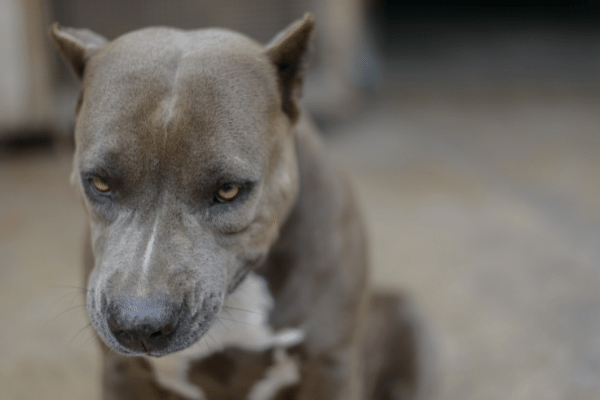
Mouthing and biting come with the territory. Fear, isolation, and anxiety all of these can result in being aggressive. If the puppy is left with its mother and littermates for enough time, it may be partly curbed from this natural behavior.
The puppy learns to suppress biting and is like a tiny piranha until the puppy’s teeth are sharp, but the overexcited puppy’s nip is not aggressive.
He soon learns that if he wants to keep your attention, he must keep his teeth to himself. You must gently but firmly teach the puppeteer that mouth movements are not allowed. To do this, make a sharp scream and end the game immediately if he gets too rough.
Can a friendly playmate pit bull suddenly attack?
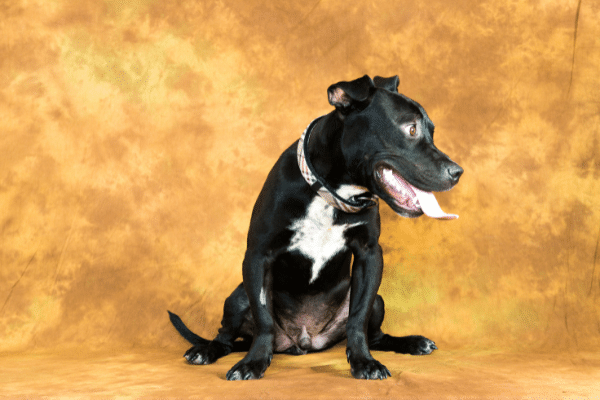
Usually, when the pit bull suddenly attacks. It’s not sudden, as the pits have a very subtle signal before attacking. So it’s time to take pit bulls down from the lousy spotlight and normalize the fact that it can happen with any dog despite the breed.
If your dog is displaying aggression, he could be in pain or feeling weak, so you should inspect it further with the help of a vet rather than triggering them more.
Final word
We do not deny that pit bulls can get a little gregarious, intense, playful, and aggressive while playing or when it comes to food, but they can learn to control themselves with good training.
Also, It’s completely wrong to say that pit bulls have a locking jaw, though they have strong jaws!
So proper training at the right time is the key! Encourage good behavior with tasty treats and a lot of “good boy” taps! Also, remember never to be harsh on them or try to punish them; this will only make it worse!

Dr. Aram Baker has been with Santa Clarita Animal Hospital since 1995 and his special interests include behaviour medicine and dermatology. He graduated from the Cleveland Humanities Magnet Program in Reseda, CA and attended California State University at Northridge where he received a Bachelor’s degree in biology. He went on to pursue his Doctorate in Veterinary Medicine at the University of California at Davis. He also spent time in the zoological medicine department at U.C. Davis during his Junior and Senior years. He is dedicated to caring for all pets big or small, young or old with compassion, patience, kindness, and love.
